“We have to get the RV weighed,” Jim said as we were packing up for a cross-country trip.
“Are you saying that I’m over packing?” I laughed, as I sorted through clothes, kitchen gadgets, and sports equipment.
“Not at all”, he countered, “but we can only take what the RV can safely carry. After we get the RV loaded, we’ll have to get it weighed. If it’s overweight, then some things might have to be left behind.”
Hmm. When we bought the RV I thought it was like a giant suitcase, that we could take along whatever we wanted from blenders and coffee makers to kayaks and bikes. I never gave much thought to the weight of the vehicle or how what I packed could impact the safety of our travel.
You Need to Know Your RV’s Capacity
Overloading an RV is trouble even for an experienced RV traveler. It may be tempting to bring all your gadgets and toys along, but there is a limit for every RV and overloading can cause serious problems.
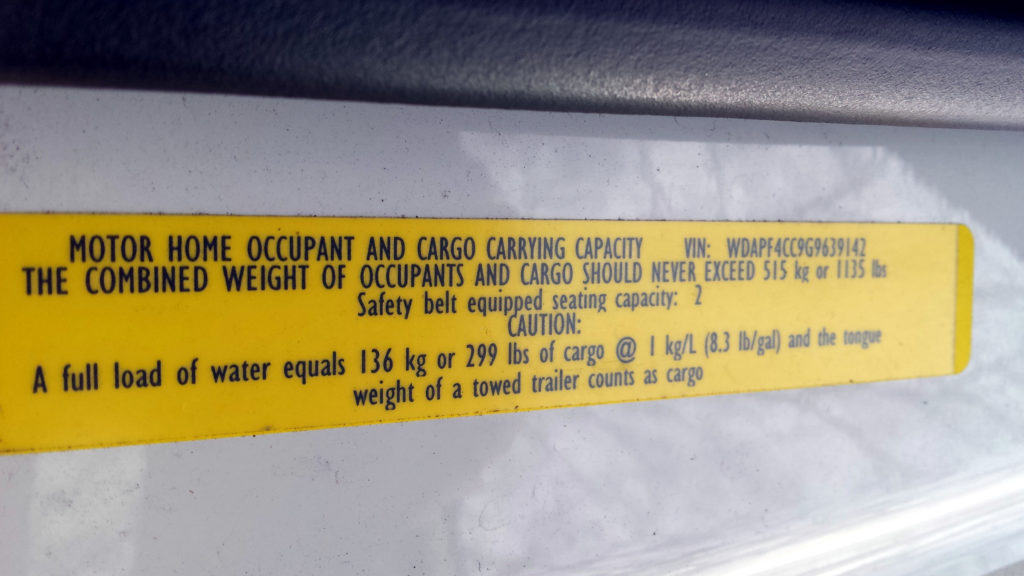 Think in terms of handling your rig: all that extra weight moving at high speeds, and then a semi blows by! How much control will you have if your RV is rolling large with extra stuff? Think about stopping the RV – a heavier vehicle takes longer to stop. And what is the impact of that extra weight on tire pressure and tread wear?
Think in terms of handling your rig: all that extra weight moving at high speeds, and then a semi blows by! How much control will you have if your RV is rolling large with extra stuff? Think about stopping the RV – a heavier vehicle takes longer to stop. And what is the impact of that extra weight on tire pressure and tread wear?
Let’s Get Technical: RV Weight Terminology
The Unloaded Vehicle Weight (UVW) is the weight of the RV as it comes from the factory – for an LTV, this number includes a full tank of fuel, propane, and engine fluids. This weight does not include occupants, any water weight in the holding tanks, or dealer-installed accessories. Since dealer accessories are installed after manufacture and after the UVW is established, you will need to either add the weight of those items to the total UVW of your RV, or calculate it as part of your cargo.
The Gross Vehicle Weight is the actual weight of the fully loaded RV including all cargo, fluids, passengers, and optional equipment. The Gross Vehicle Weight Rating (GVWR) is the heaviest weight determined by the manufacturer for the safe operation of your RV. If you are towing a vehicle, the towed vehicle and the RV have separate GVWRs but total into what is known as a Gross Combined Vehicle Weight, and there’s a rating for that too called the Gross Combination Weight Rating (GCWR). More about towing later!
Along with the GVWR, your RV also has a designation for the amount of weight to be carried by each axle called a Gross Vehicle Axle Weight Rating. The sales receipt will show how your RV’s weight is distributed on its axles. If the weight is unevenly distributed, see if you can redistribute your cargo. This scenario is rather unlikely in a small RV since there is not much storage space, but if you are taking along several very heavy items, give weight distribution some thought when you are packing that cargo.
Your RV should be weighed when it is fully loaded. You can do this at many truck-stops for a nominal fee. Most will also print out how the weight is distributed on each axle. This is a very easy process; just drive onto the scales and voila! Only you and the scale operator know your real weight – no embarrassment, no scolding, no problem.
So, How Much Stuff Can I Pack?
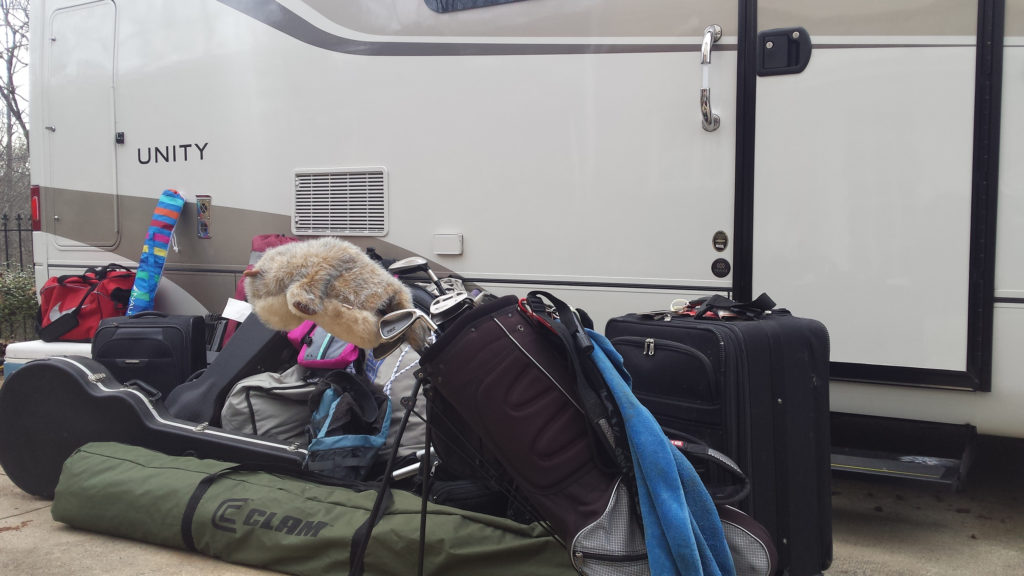 If you want to figure out how much “stuff” you can take along in your LTV, you will have to determine the GVWR minus the following weights:
If you want to figure out how much “stuff” you can take along in your LTV, you will have to determine the GVWR minus the following weights:
- Unloaded Vehicle Weight (remember to add on those dealer-installed accessories)
- A full fresh water tank (8.3 lbs per gallon or 1kg per liter)
- The water in the water heater (8.3 lbs per gallon or 1kg per liter)
- The number of passengers the RV can sleep (154 lbs each or 69.85 kg each, +/- depending on your passengers!)
The resulting figure is how much cargo weight you can add while staying within the GVWR. Here’s an example of how this breaks down, using our LTV.
Our Unity MB’s GVWR is 11,030 lbs. The label on our unit specifies that we can carry a total of 1,135 lbs of cargo – that number has to include a full tank of fresh water, the water in our water heater, and Jim and I, as well as any food, clothing, and equipment we bring along. We can estimate our UVW at 9,895 lbs by subtracting the 1,135 lbs total cargo allowed from a GVWR of 11,030 lbs. We then have to account for the following weights:
- Our 30-gallon fresh water tank weighs in at 249 lbs when full.
- The water heater with 6 gallons of water should weigh in at 49.8 lbs.
- The number of passengers (just the two of us) weigh in at… well, a lady doesn’t reveal her weight so let’s just say the total for the two of us is 380 lbs!
That’s a total of 10,573.8 lbs. Subtract that from the GVWR of 11,030 lbs, and I learned that I can pack 456.2 lbs of stuff into our small RV and stay within the safe weight guidelines. (Jim joked that if we both got serious about our diet we could take along a set of free weights and still be within the GVWR!)
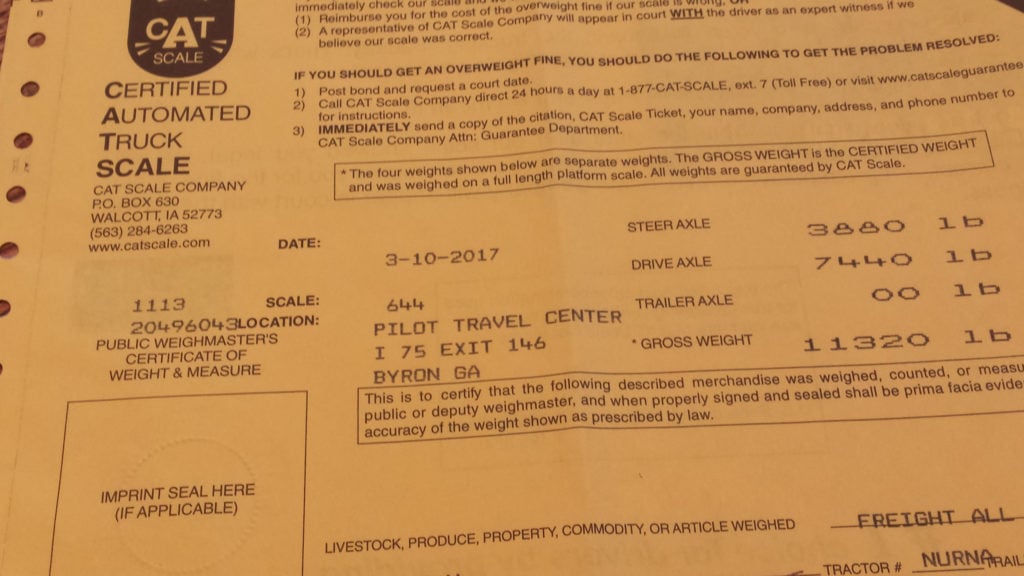 On one of our early trips, we tipped the scales at 300+ pounds over the GVWR! We were puzzled at first. I didn’t think we took THAT much extra stuff! Then we realized we had a full fresh water tank and an almost full gray tank. We drove home, unloaded and repacked, then visited the dump station to empty the gray and black tanks. The final weight was well under the GVWR. It was a good reminder that liquids are very heavy and it’s important to consider the weight of your holding tanks.
On one of our early trips, we tipped the scales at 300+ pounds over the GVWR! We were puzzled at first. I didn’t think we took THAT much extra stuff! Then we realized we had a full fresh water tank and an almost full gray tank. We drove home, unloaded and repacked, then visited the dump station to empty the gray and black tanks. The final weight was well under the GVWR. It was a good reminder that liquids are very heavy and it’s important to consider the weight of your holding tanks.
How Your RV’s Weight Affects the Tires
If you have taken care of a car, you know a little bit about tire pressure – just magnify the impact for an RV. With more weight to support and longer distances to travel, the RV’s tires take a lot more abuse than the tires on your car.
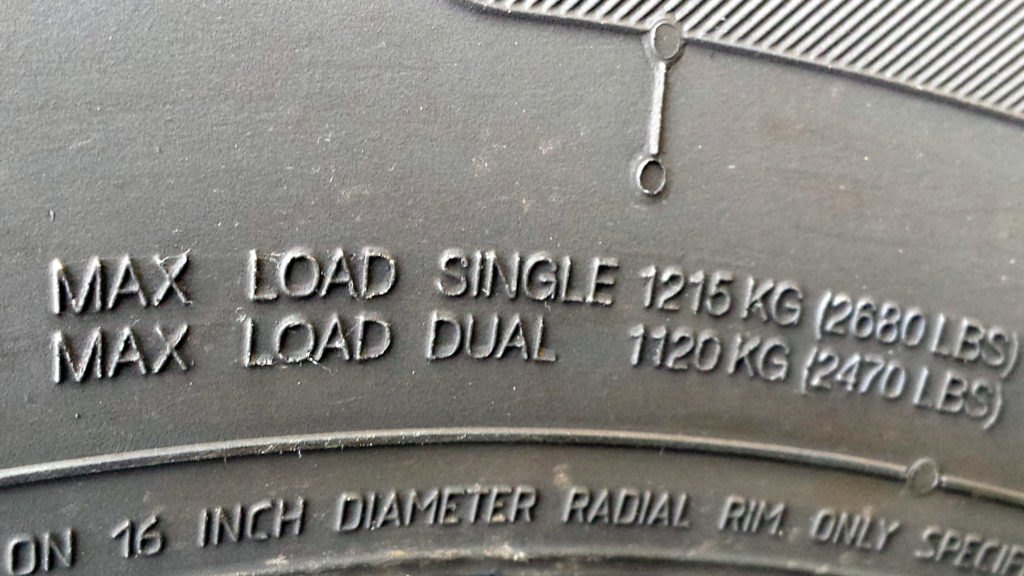
You can find a maximum load and maximum pressure stamped on the tire sidewall. This is not necessarily the “right” pressure for your RV though, it is merely the maximum for the tire. Inside the door frame of the RV, you should find a label with the optimal tire inflation pressure and the GVWR. Your RV owner’s manual may also have a chart of optimal tire pressures for different situations and you’ll want to stay within these numbers. To really determine the correct tire pressure, you’ll need to know the actual weight of your fully loaded RV and how that weight is distributed on the axles. The reading you will get from the truck stop scale is very helpful here.
Checking tire pressure should be a regular part of your trip preparation. You’ll check it before you depart and then throughout your trip. Make sure to check the tire pressure when the tires are cold so that you get a more accurate reading. (When the RV has been driving for a while, the tire pressure increases and you may get a “false” reading.)
There are so many issues that are hard to see around a tire, like a nail buried in the tread or a faulty valve stem. Both can cause the tire to lose pressure, so checking tire pressure every day while traveling is just a good habit to develop. By maintaining the right tire pressure for the load you’re carrying, you’ll improve fuel efficiency, handling, and ride comfort, not to mention reducing stress on the tire itself. Make a point of checking the tire pressure every morning before you head out, and this consistent practice will help you detect any unusual loss of pressure. Checking tire pressure will become second nature and you’ll do it a lot!
Bringing Along Your Favorite Ride: Loads and GVWR
Many people choose a small RV so they won’t have to tow a vehicle. We have found that using our RV like a car works well while traveling, and if we feel it is too large for a crowded downtown area we simply rent a car at that destination or use a service like Uber.
But some people just like the freedom of having their own ride with them. Although it’s convenient for sightseeing and side trips, there are a few things you need to know about towing that relate to your RV’s GVWR.
As mentioned earlier, when towing you will need to know the GCWR. This is the total weight allowed for the RV and the towed vehicle combined, and includes the weight of the hitch and any towing accessories for the car.
In your RV documentation, the manufacturer lists a maximum vehicle weight that the RV can safely tow. But just because your RV is rated for 5,000 lbs of towing capacity that doesn’t mean you can tow a 5,000 lb car. Since the GCWR includes the weight of all gear that goes along with towing, the weight of the car you can tow may actually be somewhat less. It’s also important to note that when towing, the tongue weight (the weight that is put on the hitch) needs to be subtracted from your cargo weight.
Be sure to find the right size and hitch rating for what you are towing. Consider the towing capacity of the RV as well as the ratings of the tow bar, the cables, the base plates, and connector.
Your actual towing capacity is determined by the lowest rating of any one part in the “chain” of towing parts. For instance, if your connector and the base plate is rated for just 3,000 lbs, then that’s your towing capacity regardless of how much your RV can handle.
If you decide to tow a car, research which type of car is best for your RV and the way you will use the car. Choose the lightest vehicle that will fit your needs and stay within the GCWR.
And, no, you can’t load up the car with stuff unless you add that weight to the equation and the total is still within the GCWR!
So there you have it. The weight of your RV, all your cargo, and your load should fall within safe limits set by your RV’s manufacturer. Stay within those guidelines and you’ll have a safer trip and avoid unnecessary road hazards!
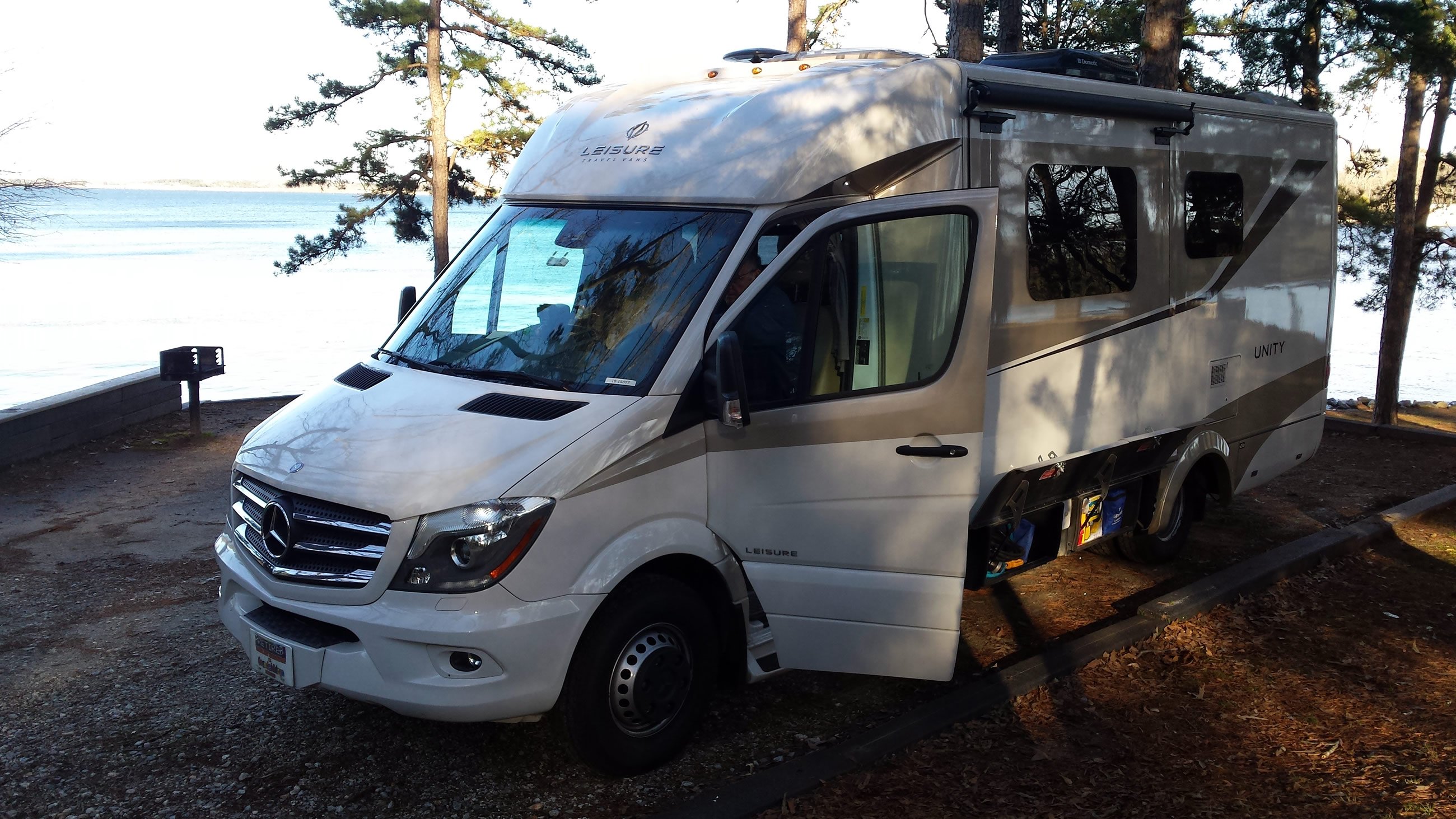


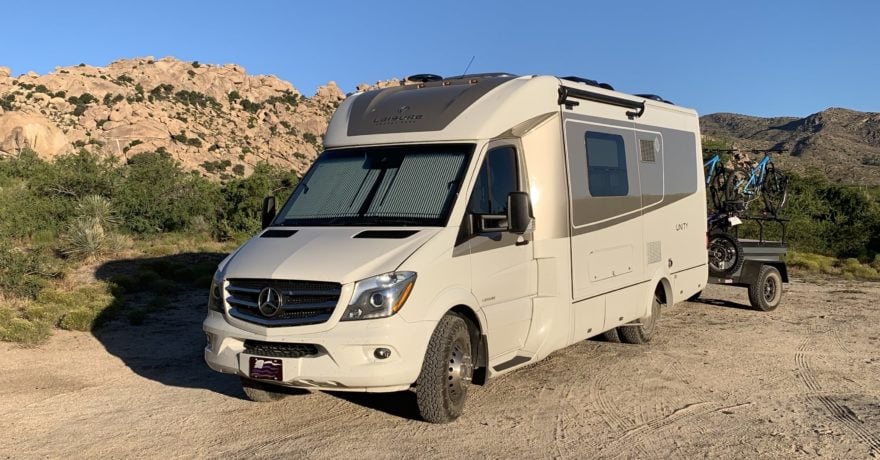
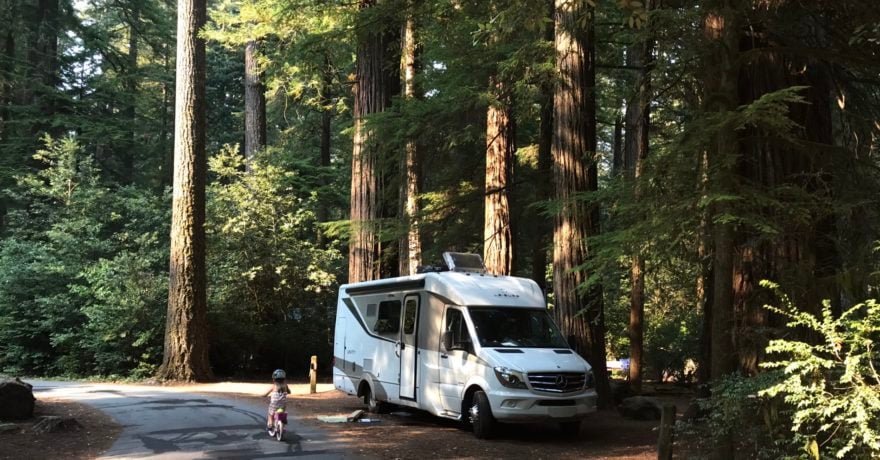

Comments